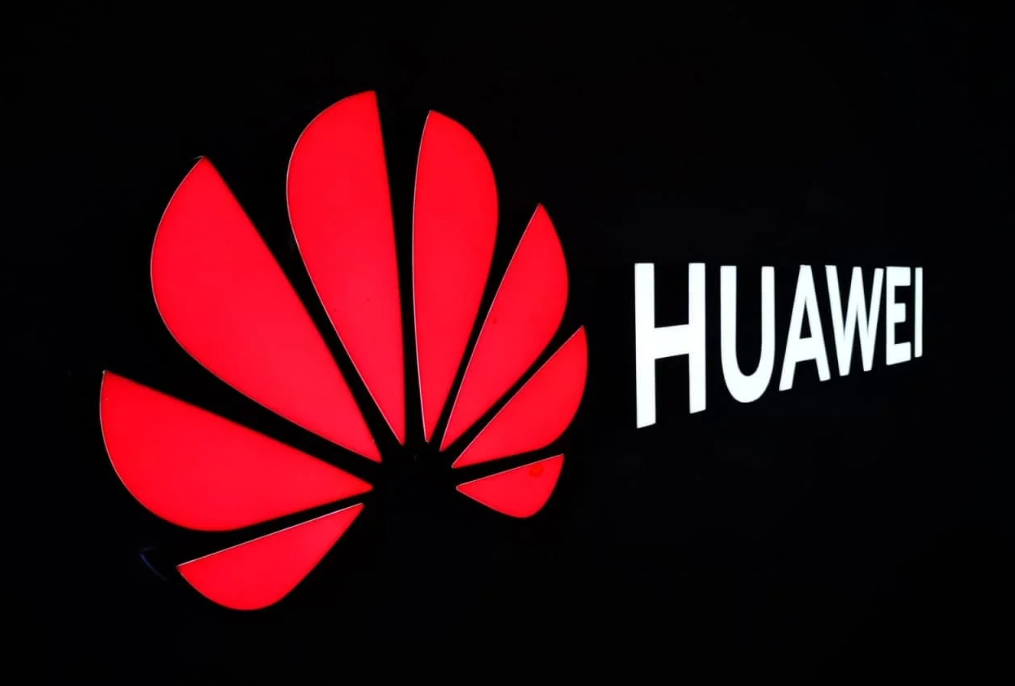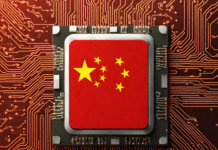China‘s tech behemoths, Xiaomi and Huawei, are paving their way through the operating system maze. Both companies are intensifying efforts to integrate their diverse range of products, from smartphones to home appliances, under a single operating system. But while Xiaomi’s HyperOS seeks a harmonious coexistence with Google‘s Android, Huawei‘s HarmonyOS aims for a clean break.
This feels like more of a symbiotic relationship for the companies
Xiaomi’s HyperOS is essentially a fusion of Android and its own Internet of Things (IoT) platform, Vela. With this OS, users can expect a streamlined experience whether they’re using a Xiaomi phone, smartwatch, or smart TV. This initiative aims to simplify the user’s life by centralizing the management of Xiaomi’s ever-growing lineup of gadgets. It’s not a rebellion against Android but more of a symbiotic relationship.

Contrastingly, Huawei, once a global smartphone leader, is taking a more radical approach. Its upcoming HarmonyOS Next is designed to wean Huawei devices off Android entirely. Since the US trade sanctions, Huawei has lost access to Google services and is betting big on the full-scale adoption of HarmonyOS. Despite initial challenges and negligible market share compared to Android, over 700 million devices now run on HarmonyOS, signaling Huawei’s unwavering resolve.
Yet, there’s an elephant in the room: Google’s Android still dominates the global mobile OS landscape with a whopping 70% market share. Can these two Chinese giants chip away at this monopoly?
Xiaomi seems content in offering an optimized Android experience with HyperOS. Meanwhile, Huawei, unburdened by access to Google services, is invested in carving out a whole new ecosystem. It’s like comparing an upgrade to a complete overhaul.
RELATED:
- Xiaomi 14’s UltraSpace storage expansion gives 8GB extra (real) storage on 256GB models
- Xiaomi HyperOS build spotted for two Poco smartphones
- Download the best GCam APK for Samsung Galaxy S23 Ultra
(Via)







